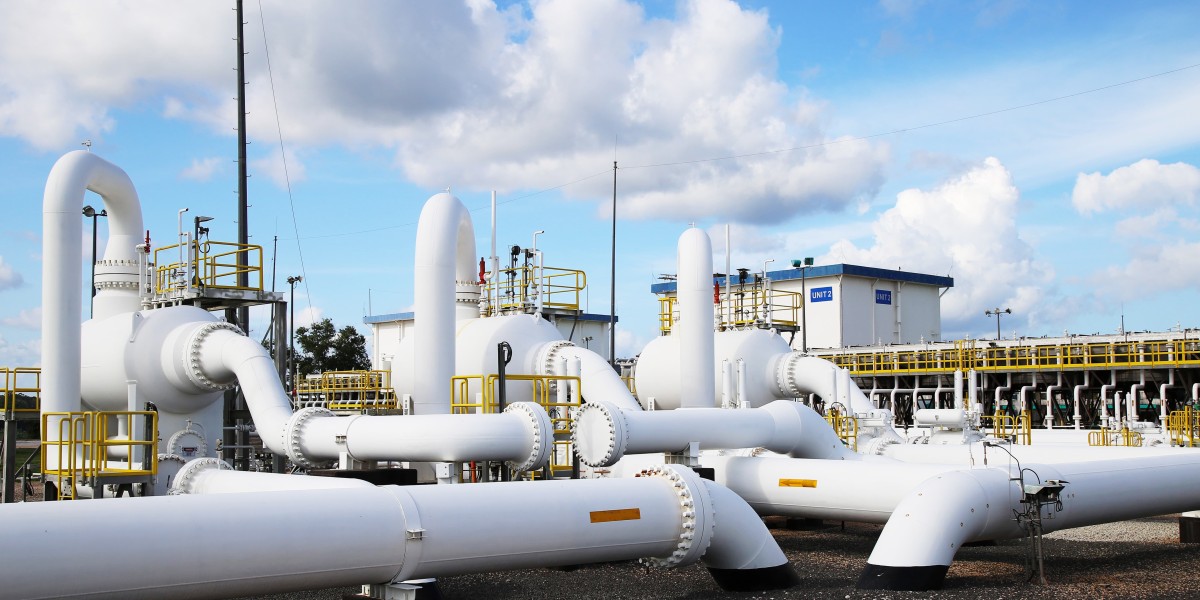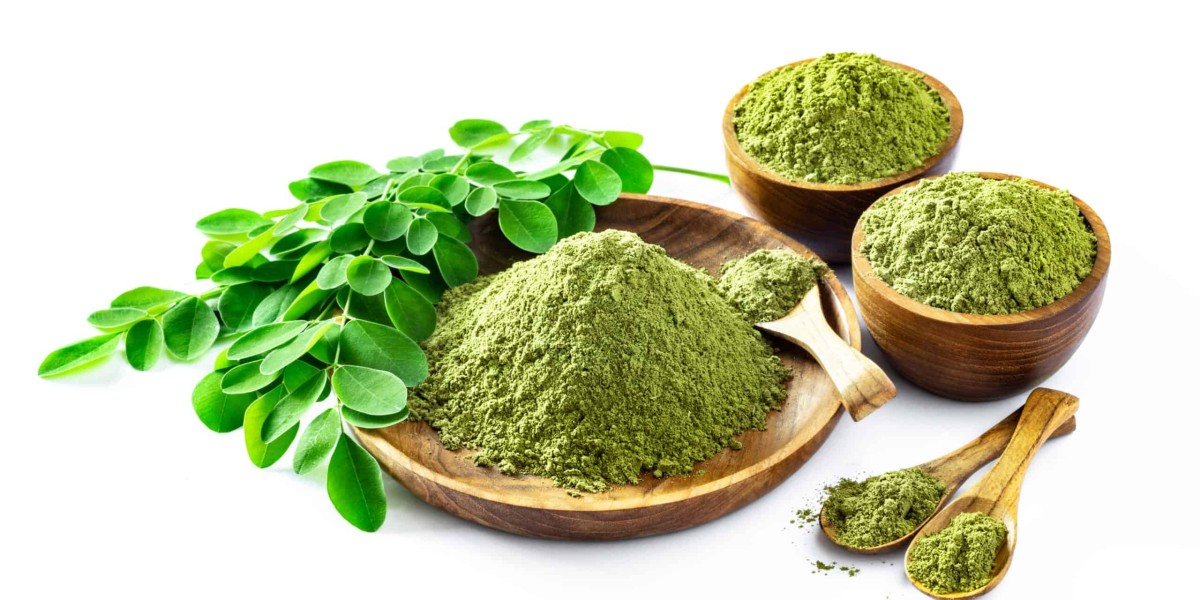lpg gas Malaysia (LPG) plays a significant role in Malaysia's energy landscape. As a clean, efficient, and affordable fuel, LPG is used widely for residential cooking, heating, industrial purposes, and even in vehicles. With natural gas being abundant in Malaysia, LPG has become a vital energy source, ensuring energy security and supporting economic growth across various sectors. This article explores the key aspects of LPG in Malaysia, including its production, distribution, applications, and challenges.
What is LPG?
LPG is a flammable mixture of hydrocarbons, primarily propane and butane, which are extracted from natural gas or crude oil. These gases are liquefied under moderate pressure for storage and transportation. LPG is highly versatile and can be used for residential, commercial, and industrial applications, as well as in transportation as an alternative fuel.
LPG Production in Malaysia
Malaysia is both a producer and consumer of LPG. The country benefits from its abundant natural gas resources, which form the primary source of LPG production.
Natural Gas Processing
- Offshore gas fields in the South China Sea, such as those in the Sarawak and Terengganu regions, contribute significantly to Malaysia’s LPG supply. Natural gas extracted from these offshore fields is processed at facilities like Petronas’ gas processing plants, where it is separated into various components, including LPG. The extracted LPG is then liquefied for distribution.
Crude Oil Refining
- Malaysia’s crude oil refining process also produces LPG. Refining facilities located in Peninsular Malaysia, such as those in Johor and Melaka, contribute to the country’s LPG supply. These facilities separate and process the hydrocarbons found in crude oil, with LPG as one of the valuable byproducts.
Imports
- Although Malaysia is a significant producer of LPG, the country also imports LPG to meet domestic demand. These imports ensure a steady supply of LPG, particularly in areas with high consumption, such as urban centers and industrial zones.
LPG Distribution in Malaysia
The distribution of LPG in Malaysia is well-established, ensuring that the fuel reaches homes, businesses, and industries across the nation. The distribution system includes both cylinder and bulk LPG, depending on the consumer's needs.
Cylinder LPG (For Residential Use)
- 12kg and 14kg cylinders are the most commonly used forms of LPG in households. These cylinders are widely available at retail outlets, such as convenience stores, gas supply stations, and supermarkets. The majority of residential consumers use LPG cylinders for cooking, water heating, and other household purposes.
Bulk LPG (For Commercial and Industrial Use)
- Larger industries, commercial kitchens, hotels, restaurants, and factories typically require more substantial amounts of LPG. These establishments rely on bulk LPG storage tanks to ensure a steady supply of gas. Bulk LPG is delivered in large quantities to fulfill industrial and commercial needs for cooking, heating, and manufacturing.
Autogas (For Vehicles)
- Autogas, or LPG used as a vehicle fuel, is a growing sector in Malaysia. Although its adoption is still limited compared to petrol and diesel, autogas is promoted as a cleaner and more cost-effective alternative to conventional fuels. The government is actively encouraging the use of LPG in vehicles, particularly in urban areas, to reduce air pollution and carbon emissions.
Applications of LPG in Malaysia
LPG is widely used in a variety of sectors, from households to large industries, making it a versatile energy source in Malaysia.
Residential Use
- Cooking: LPG is the primary fuel used for cooking in Malaysian households. Its convenience, fast heating capabilities, and cost-effectiveness have made it the preferred choice for many families.
- Heating: In colder regions or in areas with cooler climates, LPG is also used for water heating and space heating, improving comfort in residential areas.
Commercial Use
- Restaurants and Hotels: LPG is commonly used in commercial kitchens for cooking, thanks to its efficiency and ease of use. Restaurants, hotels, and food courts rely on LPG to meet the high demand for cooking energy.
- Retail and Service Sectors: Businesses such as laundromats, bakeries, and dry cleaners also use LPG to power their operations, benefiting from its high calorific value and affordability.
Industrial Applications
- Manufacturing and Processing: LPG is used in a wide range of industrial sectors, such as chemical manufacturing, food processing, glass production, and metalworking. The fuel is utilized in various applications, including heating, processing, and generating energy for machinery.
- Petrochemical Industry: LPG is also used as a feedstock in the petrochemical industry, where it is converted into chemicals, plastics, and other essential materials for the manufacturing sector.
Transportation (Autogas)
- As part of Malaysia’s push for greener energy, LPG is increasingly used as an alternative fuel for vehicles. Autogas is becoming a viable option for drivers seeking a more environmentally friendly and cost-efficient fuel compared to traditional petrol and diesel. The Malaysian government is supporting the installation of refueling stations for LPG vehicles as part of its strategy to promote sustainable transportation.
Government Policies and Subsidies
The Malaysian government has historically subsidized LPG prices to keep them affordable for households, particularly for low-income communities. This subsidy has been crucial in making LPG accessible to the general public, ensuring that energy costs do not burden households.
However, as part of efforts to reduce fiscal pressure and align with market dynamics, the government has gradually been phasing out LPG subsidies, focusing on ensuring that subsidies are targeted at those who need them most. The subsidies have helped fuel widespread adoption of LPG in Malaysian homes, but the market is expected to transition to more market-driven pricing over time.
Challenges in the LPG Sector
Price Fluctuations
- The cost of LPG is influenced by global oil and natural gas prices, which can fluctuate due to market dynamics and geopolitical factors. Although subsidies help mitigate the impact of price increases for consumers, price volatility remains a concern for both suppliers and customers.
Supply Chain and Distribution
- While urban areas benefit from good access to LPG, rural regions in Malaysia, particularly in East Malaysia (Sabah and Sarawak), face challenges related to logistics and supply. The transportation of LPG cylinders and bulk LPG to remote areas can be difficult and costly, leading to potential supply disruptions.
Safety and Regulations
- LPG handling requires strict safety protocols to prevent accidents, such as explosions or leaks. Ensuring proper storage, transportation, and usage of LPG is critical, especially in high-traffic areas and industrial zones. The government and industry stakeholders continually work on public education campaigns and safety regulations to mitigate risks.
Environmental Impact
- While LPG is considered a cleaner alternative to coal and oil, it is still a fossil fuel, and its combustion releases carbon dioxide and other greenhouse gases. As global efforts to combat climate change intensify, there is increasing pressure on Malaysia to diversify its energy mix and explore renewable energy alternatives.
Future Outlook for LPG in Malaysia
BioLPG Development
- One promising development is BioLPG, which is produced from renewable feedstocks, such as biomass, agricultural residues, and waste. BioLPG offers the same benefits as conventional LPG but with a significantly lower environmental footprint. Malaysia is exploring the potential of BioLPG as a part of its long-term energy strategy to reduce carbon emissions.
Expansion of LPG Infrastructure
- As urbanization increases and industrialization progresses, the demand for LPG is expected to rise. Expanding the LPG distribution network, particularly in underserved rural and remote areas, will be a priority for the government and industry players.
Promotion of Autogas
- The adoption of LPG-powered vehicles (autogas) is expected to grow as the government continues to offer incentives and improve infrastructure, such as refueling stations, to make autogas more accessible. This move will also help reduce Malaysia’s reliance on imported fuels, contributing to energy independence.
Integration with Renewable Energy
- While LPG will continue to play a vital role in Malaysia’s energy mix, the future will see a stronger integration with renewable energy sources like solar, wind, and hydrogen. As part of its green energy initiatives, Malaysia is expected to diversify its energy sources, with LPG acting as a transitional fuel during this period.
Conclusion
LPG remains a crucial energy source in Malaysia, with its widespread use in households, industries, and commercial sectors. The production and distribution of LPG have been pivotal in supporting the nation’s energy needs and economic growth. While challenges such as price volatility, safety, and supply chain logistics exist, the future of LPG in Malaysia looks promising, with advancements in BioLPG, autogas, and infrastructure expansion. As Malaysia seeks to balance its energy needs with sustainability goals, LPG will remain an important part of the country’s energy mix for the foreseeable future.








